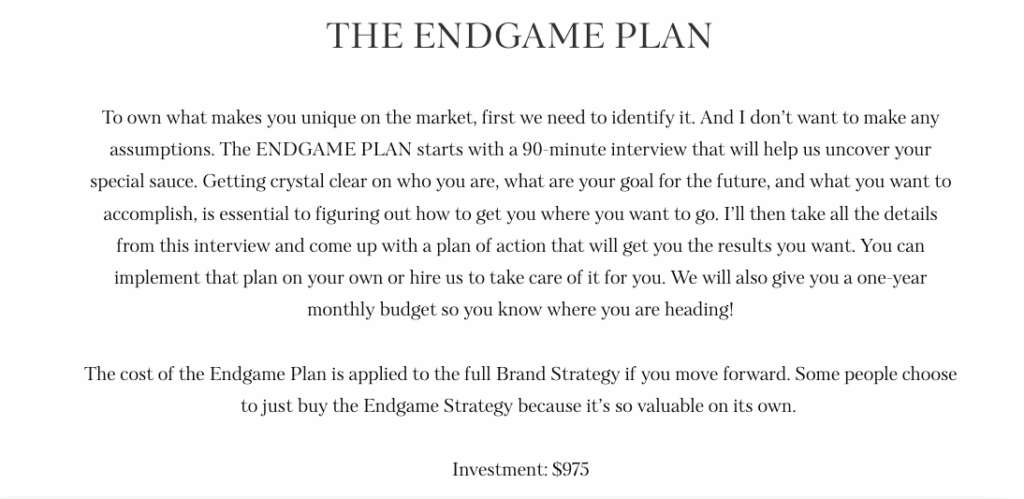Do you own a brick-and-mortar business and feel ready to revamp your model by moving online?
The good news: it’s absolutely possible.
This type of change, often called digital transformation, allows traditional businesses to reach a wider audience, create more flexible operations, and attract new types of customers. By shifting to e-commerce, you’re not only adapting to consumer demand but also future-proofing your business.
If you’re asking yourself, “Where do I even start?” — let’s walk through the essential steps for transitioning from a physical store to a successful online business!
Step 1 – Assess Your Current Business Model
The first step in moving from brick-and-mortar to e-commerce is evaluating whether your products or services can thrive online. Not everything that works in a physical store will sell well digitally, so it’s important to analyze the opportunities and challenges before you invest time and money.
Look at Nike’s journey!
Nike was already a global powerhouse with thousands of retail stores, but its biggest growth came from shifting online. By investing in direct-to-consumer e-commerce, personalized recommendations, and mobile apps, Nike grew its online revenue to billions. Their example shows that even established brick-and-mortar brands can thrive by embracing digital-first strategies.
To kick off your thinking, reflect on these questions:
- Who is my current in-store customer base, and who would be my ideal online customer?
- Where do my current customers already shop online?
- What drives purchasing decisions online compared to in-store (convenience, pricing, reviews, or product variety)?
- What devices do my target customers use most often for online shopping?
- Which of my products or services are most likely to sell online?
- Do shopping habits differ online versus in-store (purchase frequency, average order value, seasonal demand)?
💡 SEO Tip: Use keyword research tools (like Ubersuggest or SEMrush) to learn what terms your ideal customers are searching for online. This will help you adapt your product descriptions and marketing later.
Step 2 – Build a Strong Online Presence
Once you’ve clarified your strategy, the next step is creating a strong digital presence. Your website is your new storefront — and just like your physical location, it must be welcoming, easy to navigate, and built to convert visitors into paying customers.
First, create a professional website! Choose an e-commerce platform such as Shopify or WooCommerce, that fits your business size and budget. Make sure your site is mobile-friendly, secure, and visually aligned with your brand. A smooth checkout process and multiple payment options are critical for reducing cart abandonment.
At YoureFAN, the fan engagement platform I co-own, we’ve successfully leveraged Shopify to manage online sales, memberships, and fan campaigns.
Remember, moving online can expand your reach, increase flexibility, and attract a broader audience.
You also need to leverage social media. Social media marketing is essential for any business moving online. Platforms like Instagram, Facebook, or LinkedIn allow you to build visibility, share content, and connect with customers in real time. Consistency is key — develop a content calendar to showcase products, share customer reviews, and highlight promotions.
Most importantly, when moving your business online, focus on inventory and fulfillment, as they are the backbone of a seamless customer experience. Managing inventory is one of the biggest challenges when you transition online. Use tools to track product availability and avoid overselling. For shipping, partner with reliable couriers or consider outsourcing to fulfillment centers to ensure fast and efficient delivery.
💡 Pro Tip: Start by offering your best-selling products online first. This reduces risk and helps you test how customers respond before scaling your catalog.
Looking for some help with your strategy? Here the perfect solution for you! 👇

Step 3 – Create a Digital Marketing Strategy
Your e-commerce site won’t succeed if customers can’t find it, which is why a comprehensive digital marketing strategy is essential for driving traffic, generating leads, and boosting conversions.
Start with search engine optimization (SEO) by optimizing your website for relevant keywords like buy online or best [service] near me, and include these keywords in product titles, meta descriptions, image alt tags, and blog posts to improve search engine visibility.
Complement SEO with content marketing by publishing blogs, how-to guides, or video tutorials that educate your audience and position your brand as an authority — for example, a skincare brand could post “5 Best Skincare Routines You Can Do at Home.”
Now, let’s talk about list building! Email marketing remains one of the most effective channels, so build a subscriber list and nurture leads with welcome offers, product updates, and personalized recommendations.
Often, our clients ask about Facebook Ads. Sure, for faster results, you may want to consider paid advertising on platforms like Google, Facebook, or Instagram, targeting specific demographics and using retargeting campaigns to re-engage visitors who didn’t convert the first time. Combining SEO, content, email, and paid ads ensures your online store is discoverable, credible, and capable of driving consistent sales growth.
BUT…
Paid advertising can deliver quick results, but they can also be costly, especially for small businesses just starting online. Before investing heavily in paid campaigns, focus first on organic strategies like optimizing your website for SEO, creating valuable content, and building an engaged email list. These approaches are cost-effective, help establish long-term visibility, and attract the right audience to your online store. Once you have a solid foundation and understand your customer behavior, paid advertising can then amplify your reach and drive targeted traffic more efficiently.I
I’ve been there too — spending money on Facebook Ads for a launch that barely broke even. The turning point came when I started blogging consistently and creating valuable content for my audience. Suddenly, clients began finding me organically, trusting my expertise, and engaging with my brand. By building a strong organic presence first, you attract the right customers, establish credibility, and create a foundation that makes future paid campaigns much more effective.
💡 SEO Tip: Blogs that answer customer questions — like How to Create a Profitable Business Budget in 5 Simple Steps — can help you rank higher on Google and establish authority in your industry.
Step 4 – Focus on Online Customer Service
In e-commerce, customer service is more important than ever, since buyers don’t have the benefit of interacting with you in person. To provide a seamless experience, offer multiple support channels such as live chat, email, or phone, giving customers the flexibility to reach you in their preferred way.
Here are some ideas to help you get started:
- Build a comprehensive FAQ page covering shipping, returns, and product details to answer common questions upfront and reduce friction.
- Encourage customers to leave reviews and testimonials, which not only build trust with new buyers but also enhance your online credibility. If you’re just starting out, consider offering a free product or an exclusive discount in exchange for a testimonial.
Quick, helpful responses are crucial — online shoppers expect fast replies in today’s digital environment. By prioritizing exceptional customer service, you differentiate your brand from competitors, foster loyalty, and encourage repeat purchases, creating long-term value for your online business.
Step 5 – Track Analytics and Adapt
One of the biggest advantages of moving your business online is the ability to track customer behavior in real time. I know, numbers aren’t exactly sexy—but they reveal insights that can completely transform your strategy.
With analytics tools, you can see where your traffic is coming from — whether it’s Google search, social media platforms, or email campaigns — identify your best-selling products, and pinpoint exactly where customers drop off during the checkout process.
All data collected are invaluable for refining your strategy and making informed decisions. For instance, if analytics reveal that most of your visitors come from Instagram, you can double down on Instagram-focused content, engagement, and campaigns to maximize conversions. That’s exactly why I stopped spending so much time on Instagram and shifted my focus to Pinterest—because sales from Instagram were almost zero.
By leveraging these insights, you can continuously optimize your online store, improve the customer experience, and drive higher sales.
Step 6 – Stay Compliant with Legal and Financial Rules
When shifting to e-commerce, it’s essential to stay compliant with digital laws and regulations that protect both your business and your customers.
Data privacy should be a top priority — follow frameworks like GDPR, CCPA, or your local regulations to ensure customer information is stored and managed securely.
You’ll also need reliable systems in place to handle online sales tax based on where your buyers are located. In addition, clearly communicate your shipping, return, and refund policies on your website to build trust and avoid disputes.
Staying transparent and legally compliant not only safeguards your business but also strengthens customer confidence, which is critical for sustainable growth in the digital marketplace.
💡 Pro Tip: Publish a privacy policy and terms of service page on your website to build transparency and trust.
Final Thoughts: Turning Brick-and-Mortar into Online Growth
Transitioning from a brick-and-mortar business to an online business model is one of the smartest moves you can make today. With careful planning, strong digital marketing, and a focus on customer experience, you can expand your reach, increase sales, and position your brand for long-term success.
Transitioning to e-commerce isn’t just about software — it’s about people.
You must learn how to handle new digital processes such as order fulfillment, customer support, and marketing tools. Encourage adaptability and continuous learning.
So, are you ready to move your business online and unlock new growth opportunities? The future of commerce is digital — don’t wait to make the shift.
xox
